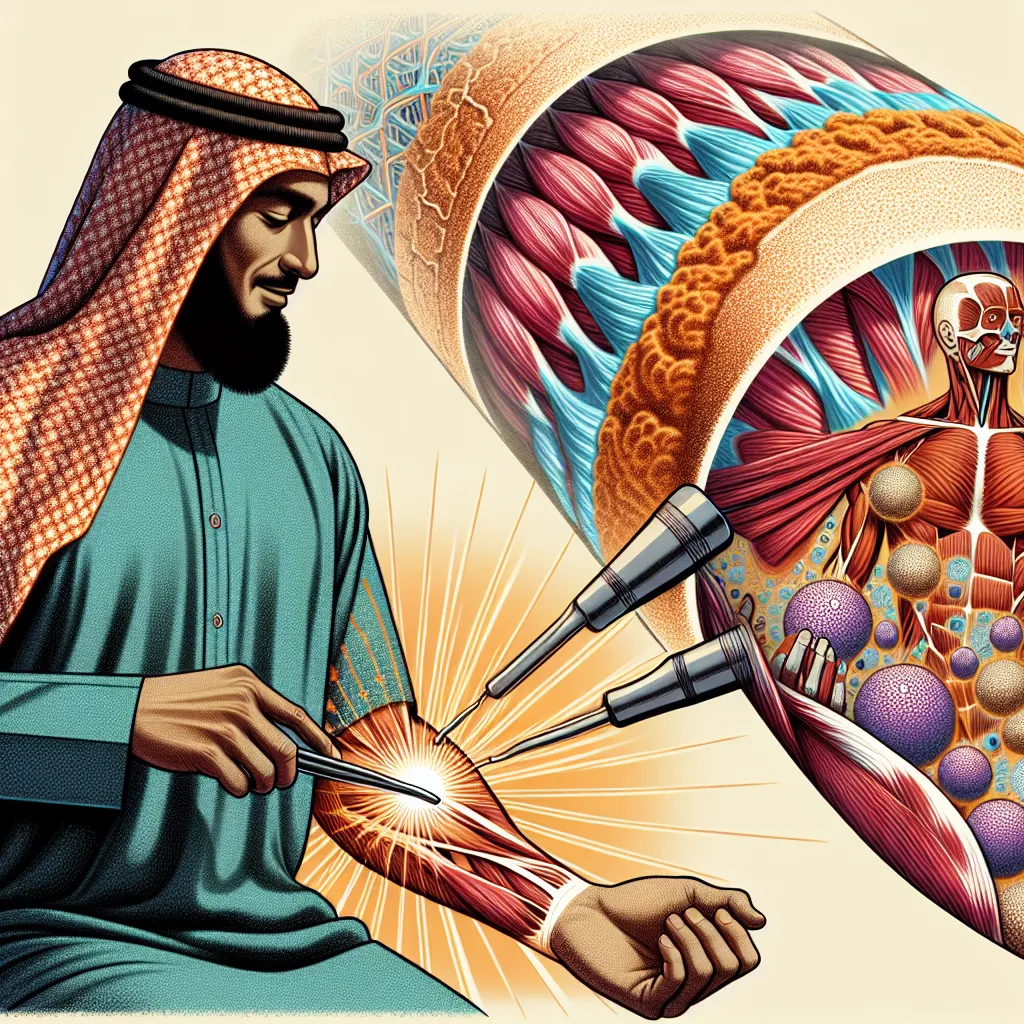Heat therapy, also known as thermotherapy, is a crucial concept in sports medicine and rehabilitation. As an IELTS candidate, understanding this term and its related vocabulary can significantly enhance your performance in the exam, especially when discussing topics related to sports, health, and physical recovery. Let’s delve into the details of heat therapy and explore how you can effectively use this terminology in your IELTS preparation.
Nội dung bài viết
Definition and Pronunciation
- Heat therapy (noun)
- Pronunciation: /hiːt ˈθerəpi/
- Definition: The use of heat to treat pain, stiffness, and other physical discomforts, often applied in sports medicine to promote healing and recovery.

Context and Usage
Heat therapy is commonly used in various sports-related scenarios. Let’s examine some examples to understand its usage better:
-
After an intense workout, athletes often use heat therapy to alleviate muscle soreness and promote recovery.
- This sentence demonstrates the use of heat therapy in a post-exercise context, highlighting its role in recovery.
-
The physiotherapist recommended heat therapy to treat the tennis player’s chronic shoulder pain.
- Here, heat therapy is presented as a treatment method prescribed by a medical professional for a specific condition.
-
Combining heat therapy with gentle stretching can significantly improve flexibility and reduce the risk of injury.
- This example shows how heat therapy can be used in conjunction with other practices for enhanced benefits.
-
Many athletes incorporate heat therapy into their pre-competition routine to warm up muscles and increase blood flow.
- This sentence illustrates the use of heat therapy as a preparatory technique before physical activity.
-
The sports clinic offers various forms of heat therapy, including hot packs, infrared lamps, and therapeutic ultrasound.
- This example showcases different methods of applying heat therapy in a professional setting.
In the IELTS exam, you might encounter heat therapy in reading passages about sports medicine, athlete recovery, or physical therapy techniques. It’s also a valuable term to use in speaking and writing tasks when discussing health and fitness topics.
Vocabulary Analysis
Word Structure
The term “heat therapy” is a compound noun consisting of two parts:
- Heat (noun): Warmth or hotness
- Therapy (noun): Treatment intended to relieve or heal a disorder
Synonyms and Related Terms
- Thermotherapy (/ˌθɜːrməʊˈθerəpi/): A more technical term for heat therapy
- Warm therapy (/wɔːm ˈθerəpi/): A gentler form of heat treatment
- Hot pack treatment (/hɒt pæk ˈtriːtmənt/): A specific method of applying heat therapy
- Thermal healing (/ˈθɜːml ˈhiːlɪŋ/): Another way to describe the process of healing through heat
Antonyms
- Cold therapy (/kəʊld ˈθerəpi/): The use of cold temperatures for therapeutic purposes
- Cryotherapy (/kraɪˈɒθərəpi/): Extreme cold therapy for medical treatment
Understanding these related terms can help you discuss heat therapy more comprehensively in your IELTS responses.
Memorization Techniques
Mind Map
Create a mind map with “Heat Therapy” at the center, branching out to related concepts such as:
- Applications (sports, rehabilitation, relaxation)
- Methods (hot packs, infrared, ultrasound)
- Benefits (pain relief, increased flexibility, improved circulation)
- Related treatments (massage, stretching, hydrotherapy)
Storytelling
Imagine a narrative about an athlete recovering from an injury:
“After a challenging match, Sarah, a professional tennis player, felt a twinge in her shoulder. Her physiotherapist recommended heat therapy to alleviate the pain and promote healing. Sarah applied hot packs and used infrared lamps as part of her recovery routine. Gradually, she noticed improved flexibility and reduced discomfort, allowing her to return to training with renewed vigor.”
This story incorporates key vocabulary and concepts related to heat therapy, making it easier to remember and apply in your IELTS responses.
Practice Exercises
-
Writing Task:
Write a paragraph describing the benefits of heat therapy for athletes. Use at least three related terms or synonyms discussed earlier. -
Speaking Practice:
Imagine you’re explaining heat therapy to a friend who’s never heard of it. Prepare a 1-minute speech covering its definition, applications, and benefits. -
Reading Comprehension:
Research a scientific article on heat therapy in sports medicine. Identify key vocabulary and try to summarize the main points using your own words. -
Listening Exercise:
Find a video or podcast discussing heat therapy in sports. Note down any new vocabulary or phrases you encounter.
Conclusion
Heat therapy is a valuable concept to understand for the IELTS exam, particularly when discussing sports medicine, recovery techniques, and physical therapy. By familiarizing yourself with this term and its related vocabulary, you’ll be better equipped to handle questions and tasks on these topics.
Remember to practice using these terms in context, whether in writing essays, participating in speaking exercises, or analyzing reading passages. The more you engage with this vocabulary, the more natural and confident your use of it will become in the IELTS exam.
We encourage you to share your experiences with learning and using this vocabulary in the comments section below. Have you encountered heat therapy in your studies or personal experiences? How do you plan to incorporate this knowledge into your IELTS preparation? Your insights could be valuable to other learners!
For more information on related topics, you might find these articles helpful:
- Understanding Delayed Onset Muscle Soreness (DOMS)
- The Importance of Dynamic Warm-Up in Sports
- Tendonitis: Causes, Symptoms, and Treatment
These resources can provide additional context and vocabulary to enhance your understanding of sports medicine and recovery techniques, further improving your IELTS performance.